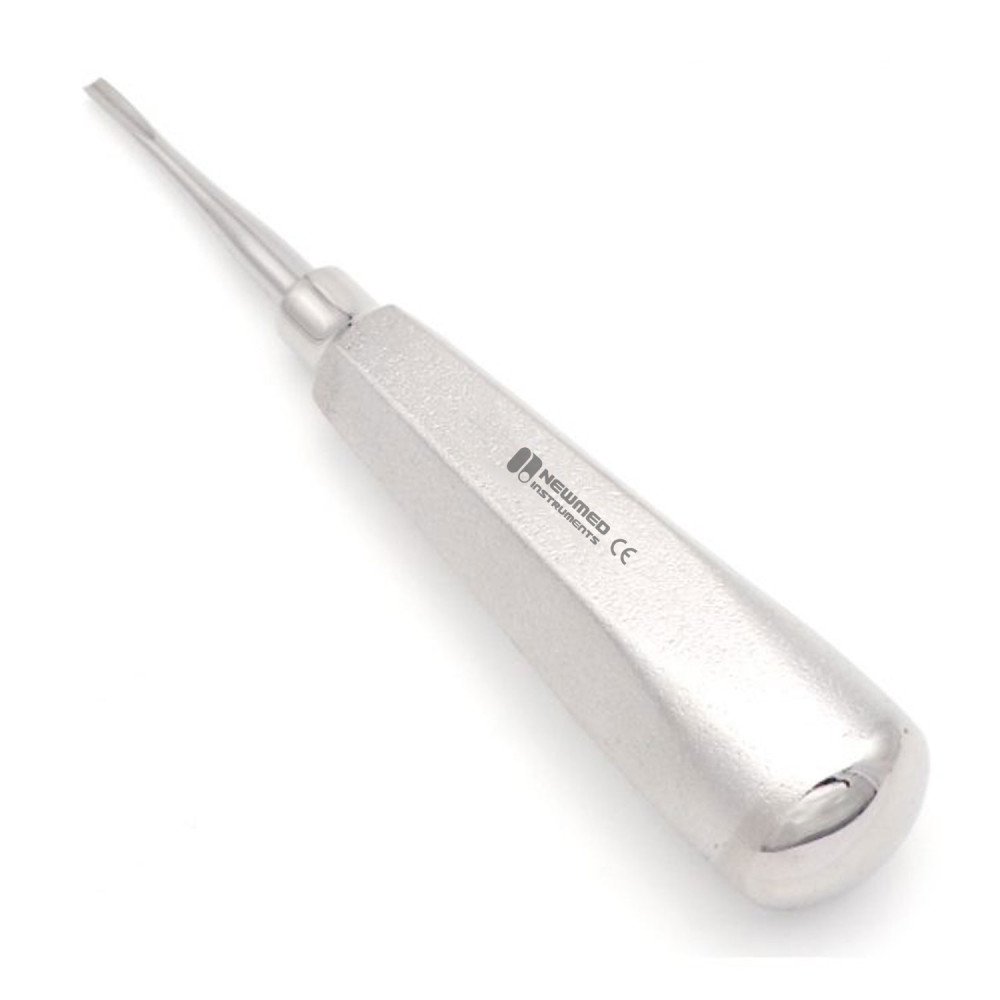The Essential Guide to Elevators in Dentistry
Wiki Article

In the field of modern dentistry, achieving successful outcomes relies heavily on the precision and quality of the instruments used. Among the most critical tools in a practitioner's armamentarium are those used in elevators dentistry. These instruments are fundamental for performing extractions with minimal trauma to surrounding tissues. Understanding their function, types, and proper handling is essential for any dental professional dedicated to providing superior patient care. For surgeons, students, and healthcare professionals who demand excellence, selecting high-quality instruments is the first step toward perfect and precise results.
The Core Function of Dental Elevators
The primary purpose of elevators dentistry is to luxate, or loosen, a tooth from the periodontal ligament, which anchors it to the alveolar bone. Unlike forceps, which are designed to grip and pull a tooth, elevators use the principles of leverage and wedging. By carefully inserting the fine, sharp tip between the tooth root and the bone, a practitioner can apply controlled rotational force. This action expands the tooth socket and severs the ligamentous attachments, making the subsequent extraction with forceps significantly easier and less forceful.
Classifying the Types of Dental Elevators
Dental elevators are not a one-size-fits-all tool; they come in a wide variety of shapes and sizes, each designed for specific teeth and clinical situations. The three main categories are straight, triangle (or pennant-shaped), and pick-type elevators. Straight elevators, like the popular 301, are used for luxating teeth in most areas of the mouth. Triangle elevators, such as the Cryer, are ideal for removing broken roots when an adjacent socket is empty. Pick-type elevators are used to engage and remove root tips that have fractured deep within the socket.
The Importance of Proper Technique
Using dental elevators effectively and safely requires extensive knowledge and skill. Improper use can lead to significant complications, including fracture of the adjacent teeth, damage to the alveolar bone, or even fracture of the mandible. The correct technique involves using a firm, controlled grip and applying steady, deliberate force. The instrument should be used with a finger rest to prevent slippage and protect the patient's soft tissues. For professionals in elevators dentistry, mastering this technique is a hallmark of their expertise and commitment to patient safety.
Material and Design: The Hallmarks of Quality
The performance of a dental elevator is directly linked to its material composition and ergonomic design. High-quality elevators are typically crafted from surgical-grade stainless steel, which offers exceptional strength, durability, and resistance to corrosion. The working end must be sharp and precisely shaped to engage the root surface effectively without damaging it. A well-designed handle provides a comfortable, non-slip grip, allowing the practitioner to maintain complete control and tactile sensitivity throughout the procedure.
Elevating Standards with New Med Instruments
At New Med Instruments, we understand that precision is paramount. We are dedicated to providing surgeons, students, and healthcare professionals with surgical instruments that meet the highest standards of quality and performance. Our range of elevators dentistry tools is engineered for optimal function and longevity, helping you deliver the superior service your patients deserve. We believe that perfect and precise results begin with instruments you can trust, which is why we meticulously craft each tool to support your clinical excellence.
Maintaining and Sterilizing Your Elevators
Proper maintenance is crucial for extending the life of your surgery elevators and ensuring they remain safe for patient use. After each procedure, instruments should be thoroughly cleaned to remove all biological debris before being sterilized. Autoclaving is the most common and effective method for sterilization. It is also important to regularly inspect the tips of the elevators for any signs of wear or dullness. A sharp elevator is more effective and requires less force, reducing the risk of iatrogenic damage.
Innovations in Elevator Design
The field of dental instrument design is continually evolving, and elevators dentistry is no exception. Modern innovations focus on enhancing ergonomics, improving cutting efficiency, and minimizing trauma. Some newer designs feature modified handles for better grip and control, while others incorporate unique tip geometries, such as those found in peristomes or luxating elevators, which are even finer and sharper for severing the periodontal ligament with minimal bone expansion. Staying informed about these advancements helps clinicians refine their techniques.
Choosing the Right Elevator for the Job
Selecting the appropriate elevator for each specific extraction scenario is a critical clinical decision. Factors to consider include the tooth to be extracted, its location in the arch, the condition of the crown and roots, and the density of the surrounding bone. For example, a fine, straight elevator might be perfect for a maxillary incisor, while a sturdier, curved elevator may be necessary for a mandibular molar. Having a comprehensive set of elevators dentistry instruments allows the practitioner to adapt to any clinical challenge effectively.
Conclusion: A Commitment to Excellence
Dental elevators are indispensable tools that, when used with skill and precision, facilitate smoother, less traumatic extractions. For the dedicated dental professional, the quality of these instruments is non-negotiable. It directly impacts clinical efficiency, patient comfort, and overall surgical outcomes. New Med Instruments shares this commitment to excellence, providing healthcare professionals worldwide with superior surgical instruments designed for perfect and precise results. By choosing high-quality tools and mastering their use, you copyright the highest standard of care for your patients.
Report this wiki page